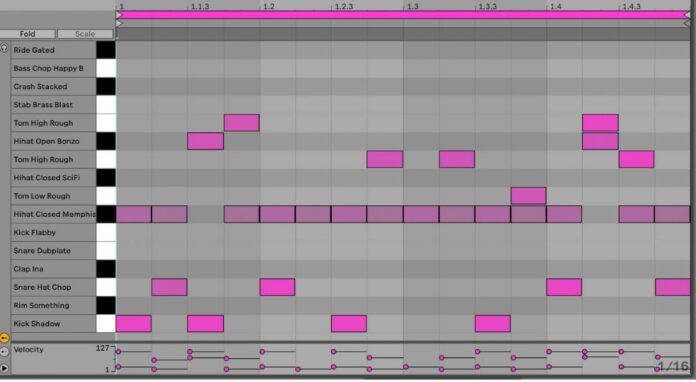
Food could be balanced and nutritious, but if it is saltless, it just remains bland.
You could say the same about electronic dance music. There are great dance music tracks out there. But without an excellent drum part, such compositions are somewhat disappointing.
As a producer, you can compose the drum part of dance music by looping and arranging sounds to create different rhythmic variations. This is also known as electronic drum programming (not synthesizing). Good drum programming skills are essential for the production of memorable dance music, but you must master the steps, do plenty of practice and be patient.
This guide explains these steps and gives crucial tips to help you improve your drum programming skills. You will compose memorable pieces and also stand to gain the following benefits:
The benefits
Not only will you boost your e-drumming skills but gain the following:
A better sense of rhythm.
Better groove on your tracks.
Choose better samples, and manipulate them better.
Boost your understanding of balance and discern simple and complex music.
Assessing and selecting a good electronic drum kit will be easier.
Like anything in life (especially in music) learning requires consistency and is often a lifelong process (there is always room for improvement). Therefore, as you repeat the steps below, and practice the tips, you become a better drummer and producer. Here are the steps.
Start by mastering the essentials of an e-drum pattern
Like the traditional drum set, electronic drum patterns have a kick, snare, hi-hat, and percussion. The most important part is the kick.
The kick dictates the track’s tempo, style, and genre. Other parts of the track, like the melody and the rhythm, will evolve around it. Mastering the kick will help you create easily distinguishable beats in the mixing context.
The snare (or clap) backs up the kick, it gives energy to the track and dictates the song’s tone and atmosphere. You can add layers and depth to your e-drum pattern by including some syncopation in your snare.
The Hi-hat and cymbals give a track texture and personality. They make it unique and are one of the most crucial aspects of e-drum programming. You could easily spend a chunk of your time here evolving and tuning the track’s atmosphere.
The percussion comes after you’ve created a basic drum texture to fill gaps and variety to the rhythm. It makes the track more engaging and mesmerizing.
Listen, listen, and listen some more
Now that you know the units comprising the pattern, the next step is to familiarize yourself with the sounds of good drum patterns.
Listen to plenty of high-quality tracks with excellent drums. Listen to the tracks both passively and actively. Analyze them, take notes, check with other producers, and learn as much as possible about existing top-quality songs.
Programming the kick
If you are planning to produce a dance track or similar genres like house and techno, using a consistent four-to-the-floor pattern will give you the best results. Place a hit on every beat of the track’s bar and throw in a backbeat snare and an offbeat by the hi-hat.
Programming the hi-hat and cymbals
The hi-hat can be open (a longer and louder sound) or closed – a subtle sound. It mainly keeps the tempo. It should have a punch, but it should not overshadow the rest of the sounds.
To create captivating patterns, find a balance between the different elements in the track. Then, define the programming for the track – adding variety with your hi-hat and making it a lead part. Create different hi-hat patterns for different sections (the verses, chorus, and beat drops) to personalize it.
Compiling the drum patterns
Having listened to great tracks, and learned how to program different elements, the next step is to compile an engaging drum pattern. Focus on the hi-hat variations and keep the kick and snare patterns consistent on the standard 4/4 rhythm. Adjust the sound of each element until it sounds perfect.
Does the pattern blend with the melody?
For the pattern to sound natural, it should seamlessly blend with the melody. It should evolve and vary gradually. This should be subtle and almost undetected by a listener.
When well done, it captivates listeners and is also known as a groove. Groove captures the attention of the audience and keeps them hooked. Your pattern must have a groove. Once you are satisfied, you can work on creating a groove for the whole which is a whole different story.
Wrapping it up
The only way to learn EDM drum programming is through plenty of practice, patience, and having a great library of samples to draw from. Remember, it is you who does the work not the samples. A well-crafted drum pattern can transform a track from bland to catchy, memorable, and contagious. Although it is not easy, it is not beyond the reach of any determined producer.








